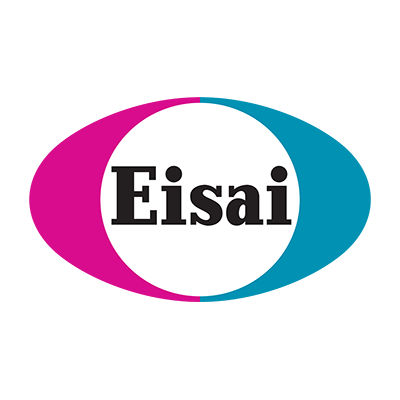Polychlorinated biphenyls (PCBs), brominated flame retardants (BFRs) like polybrominated diphenyl ethers (PBDEs), hexabromocyclododecane (HBCDD), and novel flame retardants (NFRs) like decabromodiphenyl ethane (DBDPE) are ubiquitous environmental pollutants. Despite this, little is known about their concentrations in outdoor air in the African continent. To address this knowledge gap, concentrations of BFRs, NFRs, and PCBs were measured in outdoor air at 8 sites located within the metropolitan area of Lagos, Nigeria. Concentrations of ∑8BDEs, ∑HBCDD, ∑7NFRs and ∑8PCBs were: 21-750 (median = 100) pg/m3, <12-180 (median = < 12) pg/m3, 34-900 (median = 300) pg/m3 and 85-460 (median = 300) pg/m3, respectively. Decabromodiphenyl ether (BDE-209, range: <16-620 pg/m3, median = 71 pg/m3) and DBDPE (range: <37-890 pg/m3, median = 280 pg/m3) were the dominant BFRs detected, while the non-Arochlor PCB 11 (range: 49-220 pg/m3, median = 100 pg/m3) was the dominant PCB. To the authors' knowledge, these are the first data on the non-Arochlor PCB 11 in outdoor air in Africa. In general, concentrations of all target contaminants in this study were within the range reported elsewhere in Africa and worldwide. Likely due to the tropical climate of Lagos, no seasonal variation in concentrations was discernible for any of the target contaminants. While concentrations of PBDEs and some NFRs were correlated with population density, concentrations of PCBs appear more impacted by leaks from electrical transformers and for PCB 11 to proximity to activities like textile factories that produce and use dyes.








